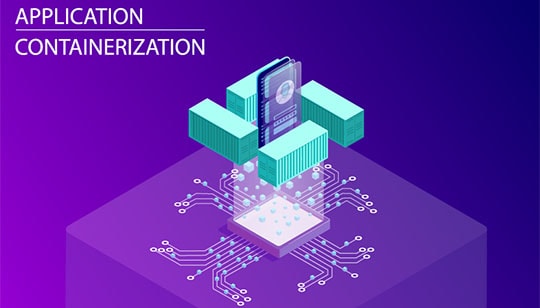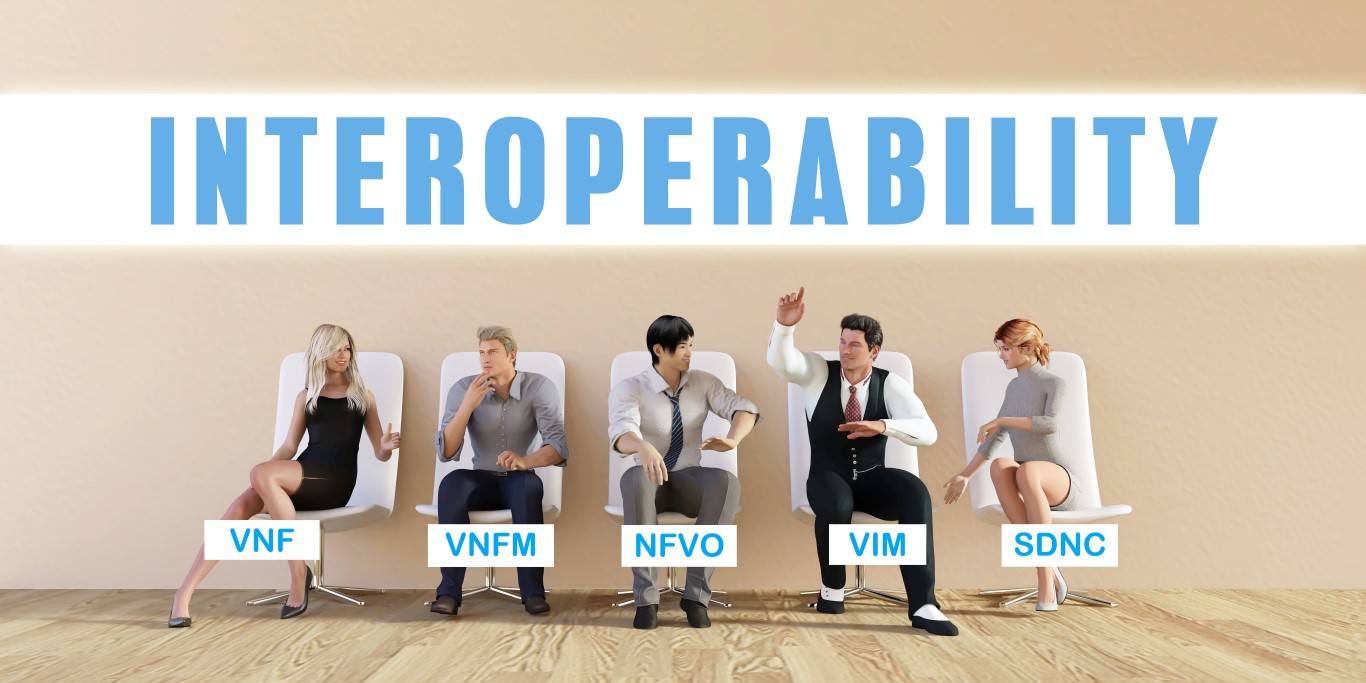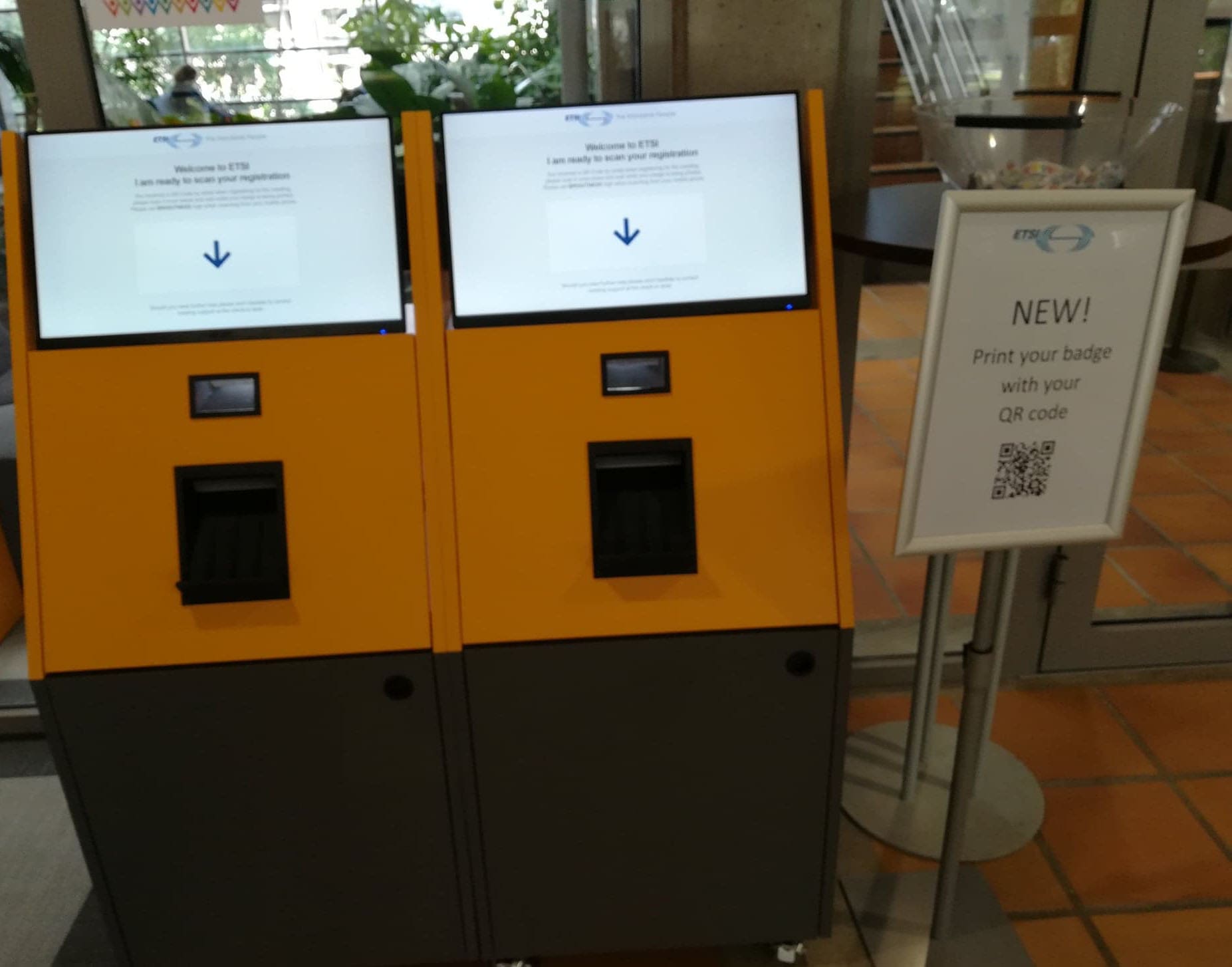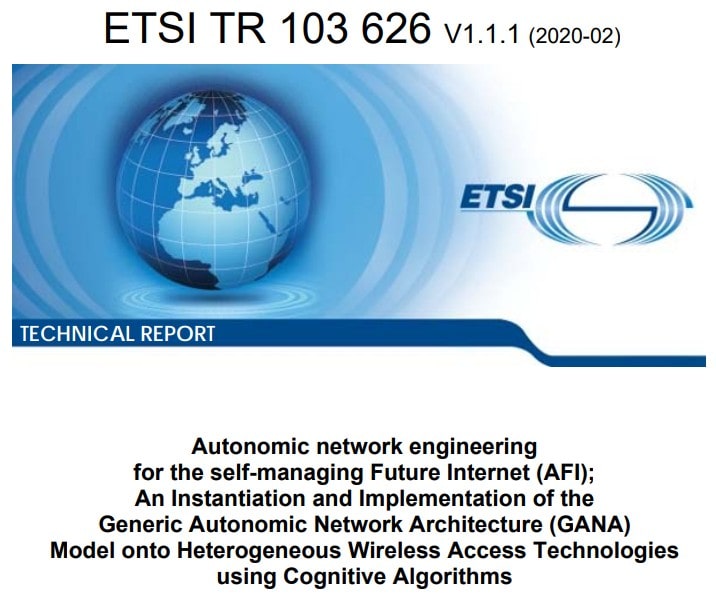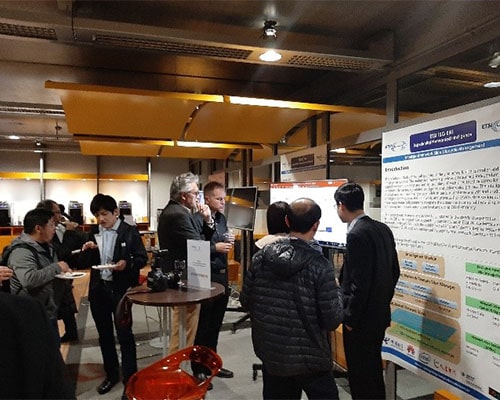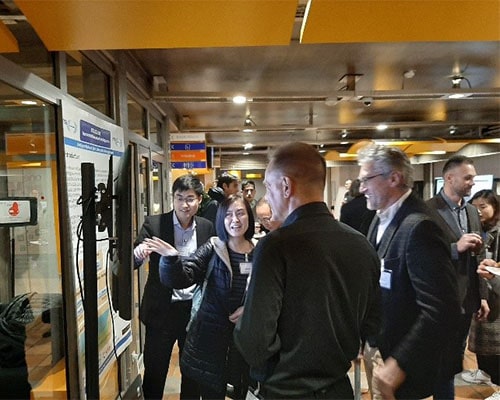5G PoC White Paper: AI in Test Systems, Testing AI Models and ETSI GANA Model's Cognitive Decision Elements (DEs)
Rationale
The purpose of this 5G Proof of Concept (PoC) White paper #5, is to lay the groundwork of the standardization that has been jointly launched recently in ETSI by TC INT and TC MTS with the support of the Centre of Testing and Interoperability (CTI) on the topic of “Testing of AI and AI in Testing Systems” that will address the various aspects linked to this topic through the development of ETSI assets such as specifications to be used by the industry.
These specifications will include the definition of metrics pertaining to specific classes of AI models that can be targeted for testing and assessment, for such metrics definitions are currently missing in the work being done in the various standardization groups.
Moreover, the specifications will close a gap also identified in the 5G PoC White Paper #5 on the need for a “Test & Certification Framework for AI Models in AMC” (Autonomic Management & Control) to support the Industry in implementing and achieving Multi-Layer AMC for Autonomous Networks being specified by ETSI and other Standards Development Organizations (SDOs) / Fora.
It is noticeable that the framework being proposed by ETSI TC INT is aligned with the European Commission’s White Paper, published on 19 February 2020, on “Artificial Intelligence: a European approach to excellence and trust” that emphasizes the need for:
- A Regulatory Framework
- The Creation of an AI Testing Center, and
- The Creation of a Certification Center
Looking at the topic of “Testing of AI and AI in Test Systems” as a journey, ETSI TC INT has identified, already in 2015, the need for a Test & Certification Framework for Adaptive Networks and their Associated Autonomic Functions using AI Components and published, in 2016, EG 203 341 “Approaches for Testing Adaptive Networks” to anticipate and prepare the Industry’s readiness in implementing Multi-Layer Autonomic (AMC) frameworks for evolving and future networks.
![]() short summary.
short summary.
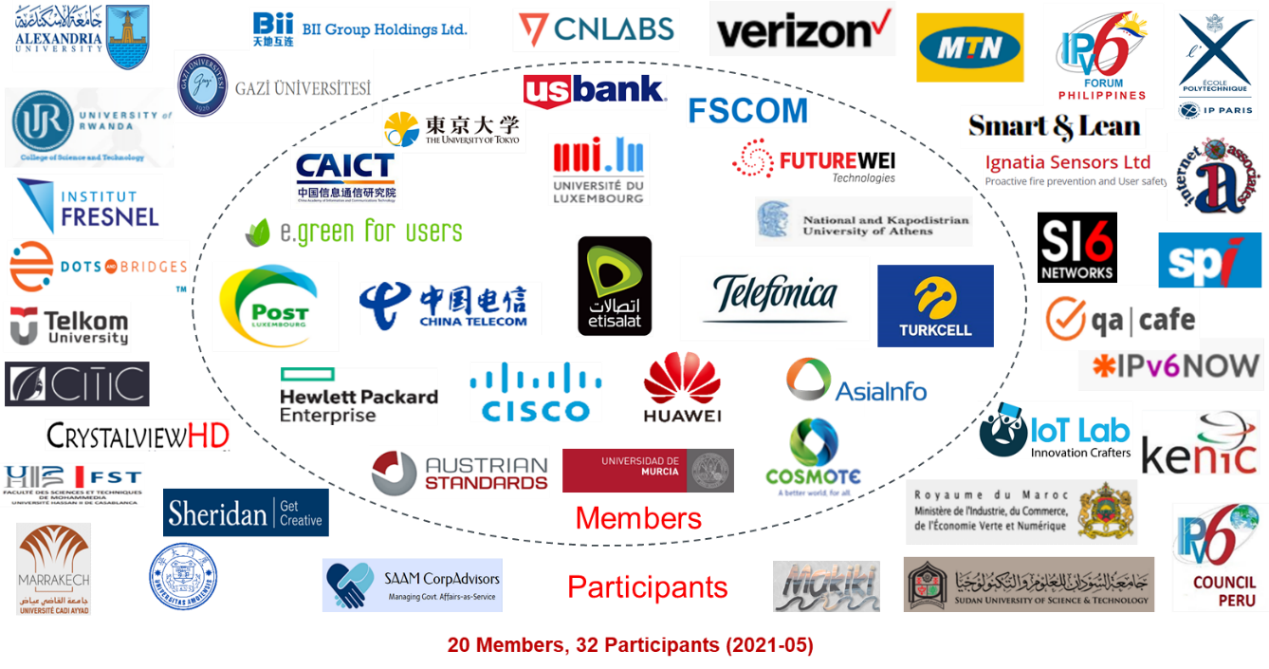

 Undaunted by this situation, the technical experts at the ETSI ISG NFV continued to work tirelessly developing and delivering specifications that help get and keep “everyone/everything connected”. And the hard work paid off as ETSI ISG NFV delivered during the second half of 2020 new and updated "protocols and data model" (stage 3) specifications incorporating NFV Release 3 features.
Undaunted by this situation, the technical experts at the ETSI ISG NFV continued to work tirelessly developing and delivering specifications that help get and keep “everyone/everything connected”. And the hard work paid off as ETSI ISG NFV delivered during the second half of 2020 new and updated "protocols and data model" (stage 3) specifications incorporating NFV Release 3 features.